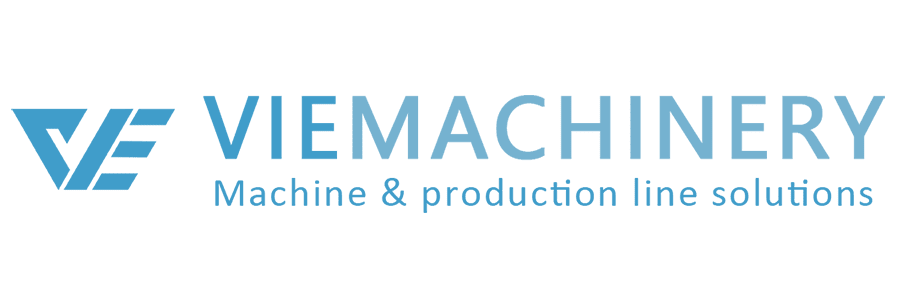Slitter rewinder machines play a pivotal role in the manufacturing and processing industries. These machines are designed to cut and rewind various materials into smaller, more manageable widths, making them essential for efficient material processing. In this article, we’ll explore the features, types, and applications of slitter rewinder machines, shedding light on their importance and capabilities.
What Are Slitter Rewinder Machines?
Slitter rewinder machines are specialized equipment used to cut large rolls of material into narrower strips and then rewind them into smaller rolls. These machines are crucial for handling materials such as paper, film, foil, textiles, and non-woven fabrics. The primary function of these machines is to improve the manageability and usability of large material rolls, making them easier to handle and process further.
Key Features of Slitter Rewinder Machines
Robust Construction
Slitter rewinders are built with robust construction to ensure durability and longevity. This is crucial for withstanding the rigors of continuous operation in industrial settings. The sturdy build helps maintain the precision and accuracy of the slitting process, even under heavy workloads.
Innovative Technologies
Modern slitter rewinders incorporate innovative technologies that enhance their efficiency and accuracy. Features such as automated tension control, advanced slitting mechanisms, and precise rewind systems contribute to the high performance of these machines. These technologies ensure consistent quality and reduce material wastage.
Types of Slitter Rewinder Machines
- Center Winders: Center winders are designed to rewind the material from the center of the roll. These machines are ideal for applications where high tension control is required, such as in the processing of delicate films and foils.
- Duplex Slitter Rewinders: Duplex slitter rewinders feature two rewind shafts, allowing for the simultaneous rewinding of two rolls. This type of machine is suitable for high-speed operations and is commonly used in the packaging industry.
Applications of Slitter Rewinder Machines
Slitter rewinders find applications in a wide range of industries due to their versatility and efficiency. Below are some common applications:
- Paper and Pulp Industry: In the paper and pulp industry, slitter rewinders are used to cut large rolls of paper into smaller widths for various applications, including printing, packaging, and stationery production.
- Packaging Industry: The packaging industry relies on slitter rewinders to process materials such as plastic films, aluminum foil, and laminates. These materials are used to create packaging solutions for food, pharmaceuticals, and other consumer goods.
- Textile Industry: Slitter rewinders are used in the textile industry to handle fabrics and non-woven materials. These machines help in creating rolls of fabric in specific widths, making them easier to use in garment manufacturing and other textile applications.
- Label and Tape Manufacturing: In the label and tape manufacturing industry, slitter rewinders are essential for producing rolls of adhesive labels and tapes. The precision of these machines ensures that the final products meet the required specifications.
Advantages of Using Slitter Rewinder Machines
Using slitter rewinders offers several advantages, making them indispensable in material processing:
- Increased Efficiency: Slitter rewinders streamline the cutting and rewinding process, reducing manual labor and increasing production speed.
- Enhanced Precision: The advanced technologies in these machines ensure precise slitting and rewinding, resulting in high-quality end products.
- Reduced Material Waste: Automated tension control and accurate cutting mechanisms minimize material wastage, leading to cost savings.
- Versatility: These machines can handle a wide range of materials, making them suitable for various industries and applications.
Frequently Asked Questions
What materials can slitter rewinder machines handle?
Slitter rewinders can handle a variety of materials, including paper, plastic films, aluminum foil, textiles, and non-woven fabrics. Their versatility makes them suitable for numerous industries.
How do slitter rewinders improve production efficiency?
Slitter rewinders enhance production efficiency by automating the cutting and rewinding process, reducing manual labor, and increasing production speed. They also ensure consistent quality and minimize material wastage.
What industries benefit the most from slitter rewinder machines?
Industries such as paper and pulp, packaging, textiles, and label manufacturing benefit significantly from slitter rewinders due to their ability to handle various materials and improve processing efficiency.
What is the difference between center winders and duplex slitter rewinders?
Center winders rewind material from the center of the roll and are ideal for high-tension applications. Duplex slitter rewinders have two rewind shafts, allowing for simultaneous rewinding of two rolls, making them suitable for high-speed operations.
Are slitter rewinders suitable for small-scale operations?
While slitter rewinders are commonly used in large-scale industrial settings, there are models available that are suitable for small-scale operations. These machines offer the same benefits of efficiency and precision but are designed for lower volume requirements.
In conclusion, slitter rewinder machines are vital in the manufacturing and processing industries for their ability to efficiently cut and rewind various materials. With robust construction and innovative technologies, these machines enhance production efficiency and accuracy. Whether in the paper, packaging, textile, or label manufacturing industries, slitter rewinders play a crucial role in ensuring high-quality and precise material processing. Investing in these machines can lead to significant cost savings and improved productivity, making them a valuable asset for any material processing operation.

